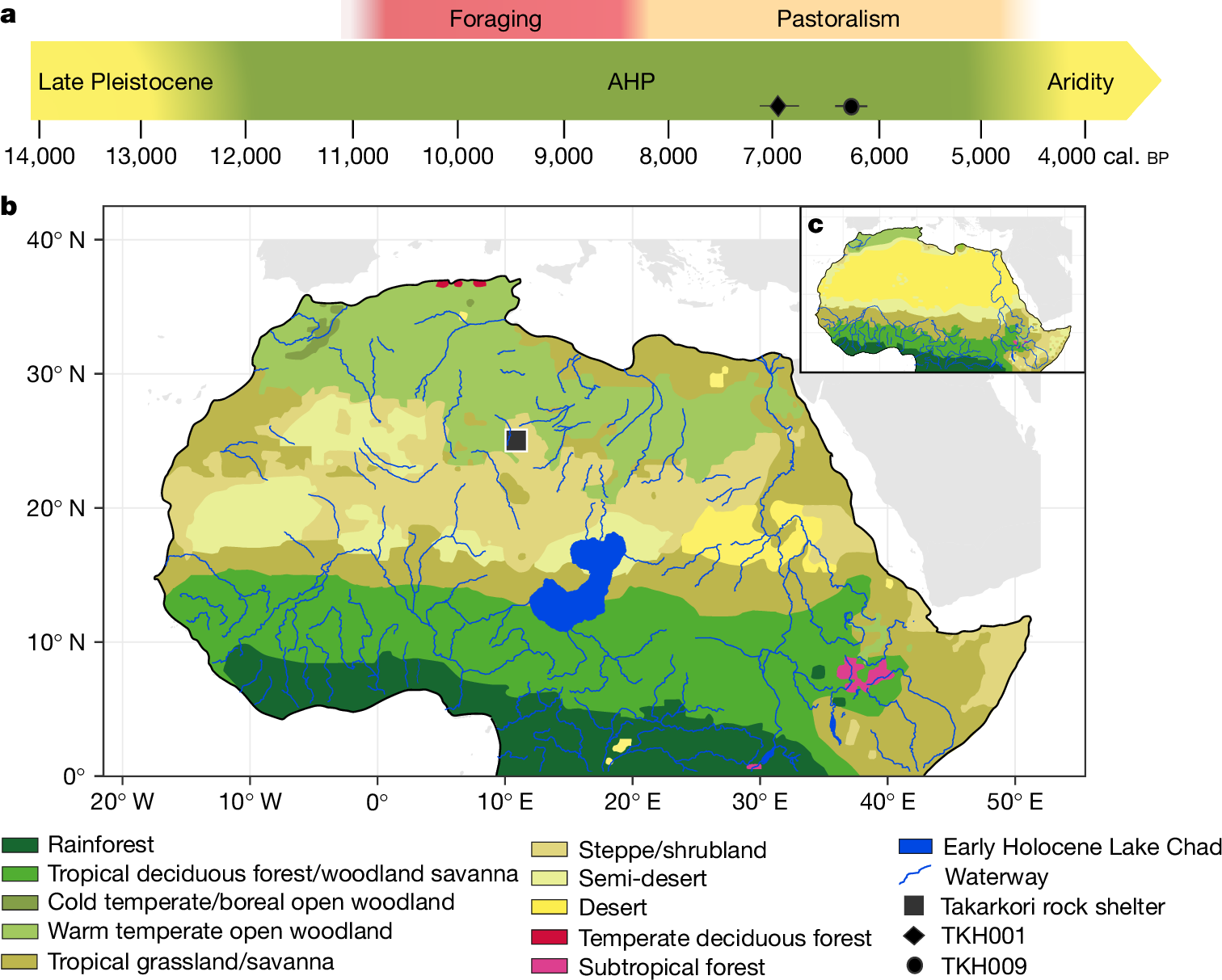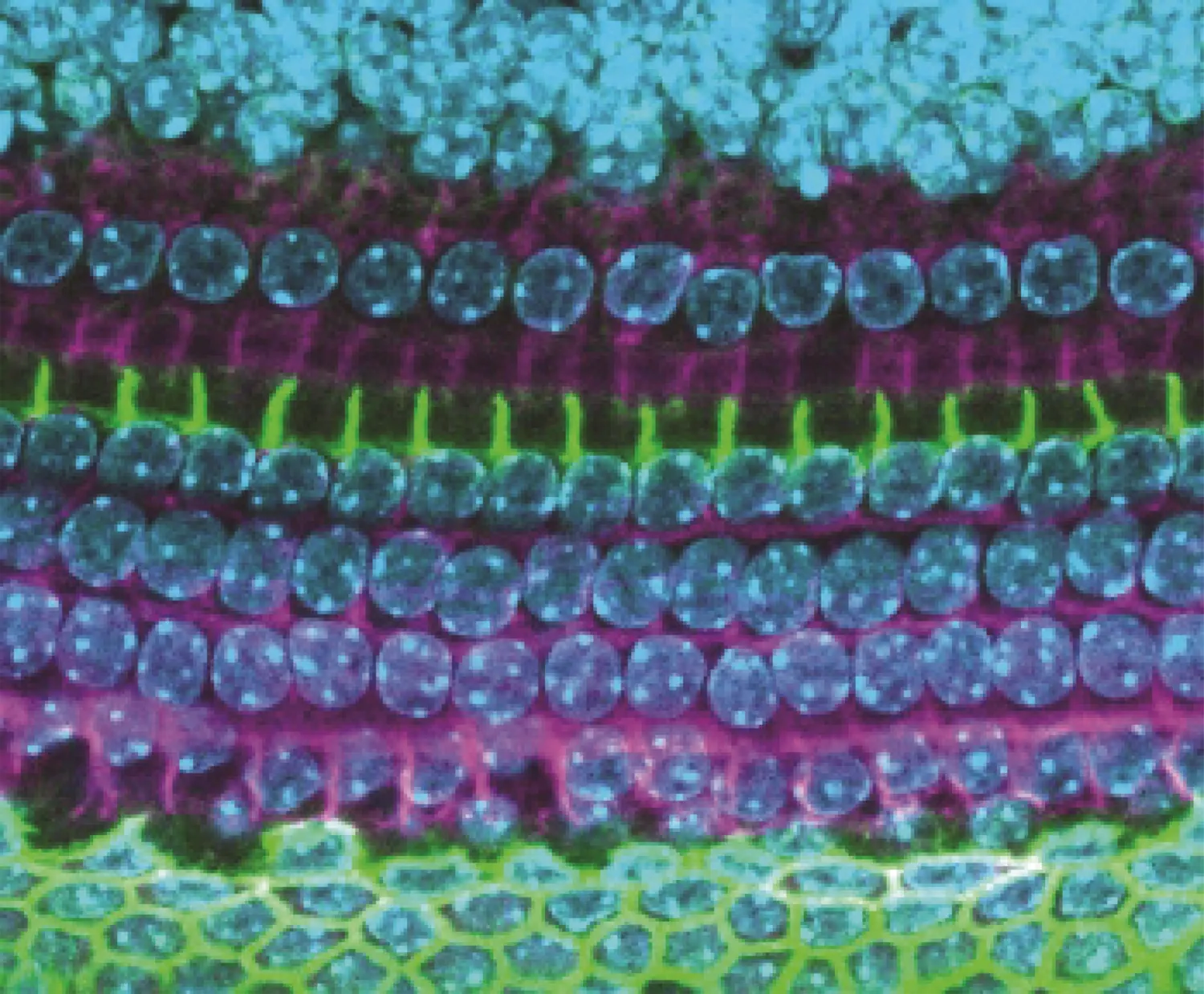2025-04-02 マックス・プランク研究所
<関連情報>
- https://www.mpg.de/24407329/0328-evan-first-ancient-genomes-from-the-green-sahara-deciphered-150495-x
- https://www.nature.com/articles/s41586-025-08793-7
グリーンサハラの古代DNAから北アフリカの祖先の系統が明らかになる Ancient DNA from the Green Sahara reveals ancestral North African lineage
Nada Salem,Marieke S. van de Loosdrecht,Arev Pelin Sümer,Stefania Vai,Alexander Hübner,Benjamin Peter,Raffaela A. Bianco,Martina Lari,Alessandra Modi,Mohamed Faraj Mohamed Al-Faloos,Mustafa Turjman,Abdeljalil Bouzouggar,Mary Anne Tafuri,Giorgio Manzi,Rocco Rotunno,Kay Prüfer,Harald Ringbauer,David Caramelli,Savino di Lernia & Johannes Krause
Nature Published:02 April 2025
DOI:https://doi.org/10.1038/s41586-025-08793-7

Abstract
Although it is one of the most arid regions today, the Sahara Desert was a green savannah during the African Humid Period (AHP) between 14,500 and 5,000 years before present, with water bodies promoting human occupation and the spread of pastoralism in the middle Holocene epoch1. DNA rarely preserves well in this region, limiting knowledge of the Sahara’s genetic history and demographic past. Here we report ancient genomic data from the Central Sahara, obtained from two approximately 7,000-year-old Pastoral Neolithic female individuals buried in the Takarkori rock shelter in southwestern Libya. The majority of Takarkori individuals’ ancestry stems from a previously unknown North African genetic lineage that diverged from sub-Saharan African lineages around the same time as present-day humans outside Africa and remained isolated throughout most of its existence. Both Takarkori individuals are closely related to ancestry first documented in 15,000-year-old foragers from Taforalt Cave, Morocco2, associated with the Iberomaurusian lithic industry and predating the AHP. Takarkori and Iberomaurusian-associated individuals are equally distantly related to sub-Saharan lineages, suggesting limited gene flow from sub-Saharan to Northern Africa during the AHP. In contrast to Taforalt individuals, who have half the Neanderthal admixture of non-Africans, Takarkori shows ten times less Neanderthal ancestry than Levantine farmers, yet significantly more than contemporary sub-Saharan genomes. Our findings suggest that pastoralism spread through cultural diffusion into a deeply divergent, isolated North African lineage that had probably been widespread in Northern Africa during the late Pleistocene epoch.


